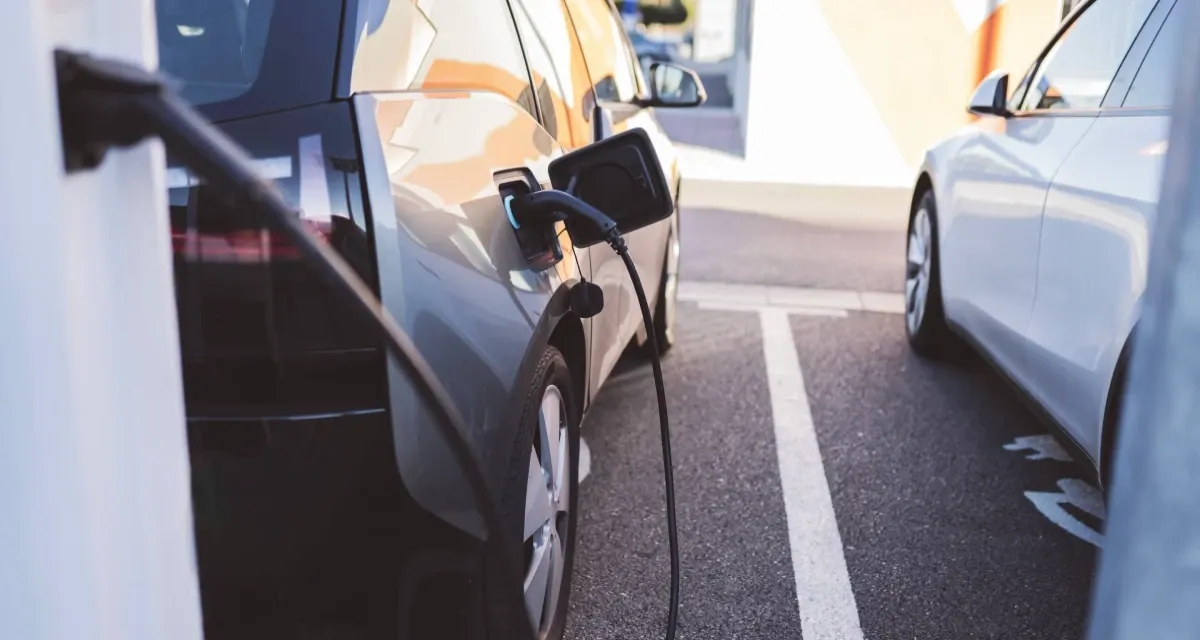

Electric vehicles (EVs) have been touted as the next frontier in automotive innovation, promising reduced emissions and a shift towards sustainable transportation. Governments globally have incentivized EV adoption, aiming to curb pollution and reduce dependence on fossil fuels. Despite these efforts, a recent study by McKinsey & Co. has uncovered a concerning trend among EV owners: a notable percentage are considering reverting to traditional ICE vehicles.
A survey of over 30 thousand consumers from 15 countries including the USA depicted that nearly 46% of American EV owners are planning to return to ICE vehicles. It is similar to other consumers using EVs around the globe who are 29% with similar intentions. Possible reasons for this potential transition are an insufficient amount of public charging stations, the high costs of owning an EV, and a low range-analyzer. Performance indicators of new generation EM-dealer. As one can see from the above information, the main factors that can lead to such changes refer to the insufficient amount of public charging stations, high costs of owning an EV, and low range-analytically accused in the case of limited long-distance travel capabilities.
Dr. Philipp Kampshoff, leader of McKinsey’s Center for Future Mobility, emphasized that the slow rollout of charging stations has left many EV owners dissatisfied. Only a mere 9% of respondents reported being satisfied with the current public charging network, highlighting a critical gap in infrastructure development. This deficiency not only impedes daily convenience but also hampers EV suitability for extended travel, particularly in regions with sparse charging facilities.
Kevin Laczkowski, a senior partner at McKinsey, underscored the unprecedented uncertainty in the automotive market. He pointed out that while EV technology continues to evolve, challenges such as infrastructure gaps and high costs pose significant barriers to widespread adoption. This complexity forces automakers to diversify their investments, balancing advancements in EV technology with continued support for ICE vehicles.
The study’s findings also shed light on evolving consumer preferences regarding EV capabilities. Minimum range expectations have risen steadily, from 270 miles in 2022 to 291.4 miles in 2024, indicating a growing demand for EVs capable of longer journeys without frequent recharging. This shift underscores the evolving expectations of prospective EV buyers and the industry's imperative to innovate accordingly.
Despite the concerns voiced by current EV owners, there remains a positive trend towards electrification among non-EV owners. The study revealed that 38% of non-EV owners worldwide are now open to purchasing a plug-in hybrid (PHEV) or an EV for their next vehicle, marking a slight increase from previous years. This suggests a potential growth opportunity for automakers, provided they address existing barriers to EV adoption effectively.
Inadequate Charging Infrastructure: Many EV owners find the current public charging network insufficient and unreliable, particularly outside urban centers.
High Ownership Costs: The initial purchase price of EVs remains a significant deterrent for potential buyers, often outweighing perceived long-term savings on fuel and maintenance.
Long-Distance Travel Limitations: EVs, while suitable for daily commutes, struggle with range anxiety on longer journeys due to limited charging options and slower refueling times compared to ICE vehicles.
Sustainability Concerns: Despite being marketed as environmentally friendly, questions persist about the overall lifecycle environmental impact of EVs, including battery production, recycling, and electricity sources.
As the automotive industry navigates these complexities, the future of EV adoption hinges on overcoming these challenges. Stakeholders, including governments, automakers, and infrastructure providers, must collaborate to enhance charging infrastructure, reduce costs, and address sustainability concerns to accelerate the transition towards electric mobility.
In conclusion, while EVs represent a promising technological advancement, their widespread adoption faces formidable obstacles. Addressing these challenges effectively will be crucial in shaping the future of transportation and achieving sustainable mobility goals globally.
Also Read: